#tyre
Text

#photography#luxury#adventure#summer#beautiful#aesthetic#petrol head#firestone#tyre#motorcycle#motorbike#road trip#classic bike#lifestyle#biker#cafe racer
329 notes
·
View notes
Text
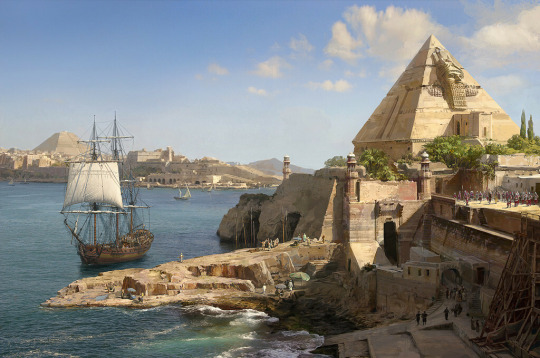
The sister cities of Tyre and Sidon, Phoenicia by Sasha Beliaev
#tyre#sidon#phoenicia#maritime#port#harbour#art#sasha beliaev#ports#harbours#phoenician#phoenicians#mediterranean#eastern mediterranean#levant#ships#ship#biblical#bible#history#antiquity#architecture#boat#boats#sailing#sea#seaport
167 notes
·
View notes
Text
This is the biggest tyre cemetery in the world in Kuwait. This fire is always burning and can be seen from outerspace but cows are responsible for climate change.
C'est le plus grand cimetière de pneus au monde et il se situe au Koweït. Ce feu brûle toujours et peut être vu depuis l'espace, mais les vaches sont responsables du changement climatique
July 3 2023
348 notes
·
View notes
Text
Maaaaaaama!!!
395 notes
·
View notes
Text




Stargate Atlantis "Reunion"
#Stargate Atlantis#SGA#Reunion#Teyla Emmagan#Tyre#Mark Dacascos#Rachel Luttrell#sgaedit#stargateedit#GIF#my gifs#it's not a stargate rewatch rewatch#Hide and Queue
172 notes
·
View notes
Text
Carthage rose from humble beginnings to become one of Rome’s greatest rivals. Sadly, today it is mainly remembered in the context of its dramatic fall and ultimate defeat.
24 notes
·
View notes
Text
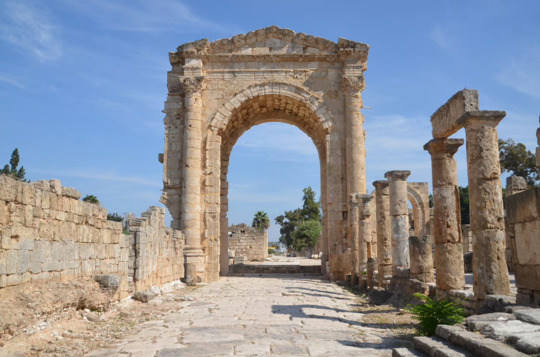

TYRE (in modern-day Lebanon) is one of the oldest cities in the world, dating back over 4,000 years, during which it has been inhabited almost continuously. It was one of the most important, and at times the dominant, city of Phoenicia, whose citizens claimed it had been founded by the great god Melqart.
The city was an ancient Phoenician port and industrial center which, in myth, is known as the birthplace of Europa (who gave Europe its name) and Dido of Carthage (who gave aid to and fell in love with Aeneas of Troy). The name means 'rock' and the city consisted of two parts, the main trade center on an island, and 'old Tyre', about a half-mile opposite on the mainland. The old city, known as Ushu (an earlier name for Melqart), was founded c. 2750 BCE, and the trade center grew up shortly after. In time, the island complex became more prosperous and populated than Ushu and was heavily fortified.
Read More Here
218 notes
·
View notes
Photo

1933 Just Going Along For The Ride. The New General Dual Balloon
Source: nevsepic.com.ua
Published at: https://propadv.com/tires-ad-and-poster-collection/general-tire-ad-and-poster-collection/
43 notes
·
View notes
Text

A Prophecy Against Tyre
1 And it came to pass in the eleventh year, in the first day of the month, that the word of the LORD came to me, saying, 2 Son of man, because that Tyrus has said against Jerusalem, Aha, she is broken that was the gates of the people: she is turned to me: I shall be replenished, now she is laid waste: 3 Therefore thus said the Lord GOD; Behold, I am against you, O Tyrus, and will cause many nations to come up against you, as the sea causes his waves to come up. 4 And they shall destroy the walls of Tyrus, and break down her towers: I will also scrape her dust from her, and make her like the top of a rock. 5 It shall be a place for the spreading of nets in the middle of the sea: for I have spoken it, said the Lord GOD: and it shall become a spoil to the nations. 6 And her daughters which are in the field shall be slain by the sword; and they shall know that I am the LORD.
7 For thus said the Lord GOD; Behold, I will bring on Tyrus Nebuchadrezzar king of Babylon, a king of kings, from the north, with horses, and with chariots, and with horsemen, and companies, and much people. 8 He shall slay with the sword your daughters in the field: and he shall make a fort against you, and cast a mount against you, and lift up the buckler against you. 9 And he shall set engines of war against your walls, and with his axes he shall break down your towers. 10 By reason of the abundance of his horses their dust shall cover you: your walls shall shake at the noise of the horsemen, and of the wheels, and of the chariots, when he shall enter into your gates, as men enter into a city wherein is made a breach. 11 With the hoofs of his horses shall he tread down all your streets: he shall slay your people by the sword, and your strong garrisons shall go down to the ground. 12 And they shall make a spoil of your riches, and make a prey of your merchandise: and they shall break down your walls, and destroy your pleasant houses: and they shall lay your stones and your timber and your dust in the middle of the water. 13 And I will cause the noise of your songs to cease; and the sound of your harps shall be no more heard. 14 And I will make you like the top of a rock: you shall be a place to spread nets on; you shall be built no more: for I the LORD have spoken it, said the Lord GOD.
15 Thus said the Lord GOD to Tyrus; Shall not the isles shake at the sound of your fall, when the wounded cry, when the slaughter is made in the middle of you? 16 Then all the princes of the sea shall come down from their thrones, and lay away their robes, and put off their broidered garments: they shall clothe themselves with trembling; they shall sit on the ground, and shall tremble at every moment, and be astonished at you.
17 And they shall take up a lamentation for you, and say to you, How are you destroyed, that were inhabited of seafaring men, the renowned city, which were strong in the sea, she and her inhabitants, which cause their terror to be on all that haunt it!
18 Now shall the isles tremble in the day of your fall; yes, the isles that are in the sea shall be troubled at your departure.
19 For thus said the Lord GOD; When I shall make you a desolate city, like the cities that are not inhabited; when I shall bring up the deep on you, and great waters shall cover you; 20 When I shall bring you down with them that descend into the pit, with the people of old time, and shall set you in the low parts of the earth, in places desolate of old, with them that go down to the pit, that you be not inhabited; and I shall set glory in the land of the living; 21 I will make you a terror, and you shall be no more: though you be sought for, yet shall you never be found again, said the Lord GOD.
— Ezekiel 26 | American King James Version (KJVUS)
The American King James Version is Produced by Stone Engelbrite. It is a simple word for modern word update from the King James English.
Cross References: Leviticus 14:41; Deuteronomy 13:16; 2 Samuel 5:11; 2 Chronicles 32:27; Ezra 7:12; Isaiah 5:28; Isaiah 5:30; Isaiah 8:7; Isaiah 14:12; Isaiah 23:5; Isaiah 41:5; Jeremiah 4:13; Jeremiah 20:4; Ezekiel 16:46; Ezekiel 21:22; Ezekiel 25:7; Ezekiel 25:17; Matthew 11:23; Luke 19:43; 1 Peter 5:5; Revelation 18:21-22
#Lord#prophecy#Tyre#Ezekiel 26#Book of Ezekiel#Old Testament#KJVUS#American King James Version Bible#Stone Engelbrite
7 notes
·
View notes
Text


6 notes
·
View notes
Text

another oc <3
#technically two but like. yeah#anyway this is Bad but it’s Fine#arrt#oc art#no names yet :/#anyway enjoy the hair lmao#tyre#light ball
29 notes
·
View notes
Text

The Abduction of Europa by Jean-François de Troy
#jean françois de troy#art#europa#zeus#crete#greek mythology#princess#phoenician#tyre#folk tales#folklore#mythology#europe#european#mediterranean#ancient greek#ancient greece#mythological#bull#cretan#gods#classical antiquity#tales#ancient#religion#religious#sea
90 notes
·
View notes
Text
Photos from Ancient Carthage (814BC-146BC)
Ancient Carthage was a city state in the time of antiquity that exists in present day Tunis, Tunisia in North Africa. It was founded around the year 814BC by Phoenician (Punic) settlers who emanated from the Levant, in modern day Lebanon, Syria & Israel. The Phoenicians were a civilization that spoke a Semitic language & engaged in a society that primarily was interested in trade & commerce throughout the Mediterranean Sea.
The Phoenicians settled in trade colonies throughout the Mediterranean basin in not only their West Asian homeland but Europe & North Africa all the way to modern day Spain & Morocco. Their best-known trade colony was Carthage or “Qart-hadast” which meant “New City” in their language. This was strategically located where modern Tunis sits. It was located on a strip of land that allowed shelter from storms on the North African coast & was well placed near the center of the Mediterranean Sea & its trade routes crisscrossing between the east & west. The settlers who established Carthage were Phoenicians colonists from the city of Tyre in modern Lebanon, one of the three major city-states of Phoenicia alongside Sidon & Byblos.
These Phoenician colonists reached Tunisia around 814 BC & like their other settlements in Libya & elsewhere they had to deal with the native populations, in this case the Berber or Amazigh peoples who inhabited North Africa from Morocco to Libya. Originally a daughter city under the rule from Tyre, they gained autonomy when Tyre & the rest of Phoenicia fell under the control of the Neo-Assyrian Empire around 650 BC. From that point on Carthage became not only an independent city-state but established a mostly sea-trade based empire or thalassocracy. It became a flourishing metropolis & dominated the Western Mediterranean for centuries.
Carthage was a monarchy until about 480 BC before becoming a republic & their sea-based commercial empire presaged the later Italian sea-based republics of Venice & Genoa over a thousand years later. Their complex system of governance, language (Punic or Western Phoenician dialect), religion & other cultural aspects are still only partially understood in the modern era due to biased contemporary foreign sources & little surviving local record.
At their peak they controlled North Africa’s coast from Libya in the east to Morocco in the west. Much of Spain, the Balearic Islands, Malta, half of Sicily, all of Sardinia & Corsica. They fought wars with the Berbers who lived inland in North Africa along with the Greek city-states that settled in Sicily & southern Italy & likewise engaged in trade with these peoples. The Phoenician settlers (Carthaginians) were often not numerous enough to make up their whole military strength. Though the Phoenicians dominated their navy while their land-based military consisted of mercenaries from the Berbers of North Africa, Greek hoplites, Sardinians, Italo-Sicilians, Corsicans & the Celts & Iberians of Spain and the Balearic Islands to complement their own elite Phoenician infantry, the Sacred Band of Carthage.
Eventually over the course of the three Punic Wars with the emerging Roman Republic, Carthage lost its power & prestige. Though it produced several military leaders of tactical & strategic renowned, the most famous being Hannibal Barca (247BC-181BC) who crossed the Alps & invaded Italy from the north inflicting several defeats on the Roman army on their native Italian soil but he was never able to take Rome itself. Eventually attrition & the threat of a Roman counterattack against Carthage itself forced Hannibal to leave for his North African home. He was eventually defeated by the Romans & finally in the Third & final Punic War, Rome destroyed ancient Carthage in 146 BC, it is said they tilled the surrounding fields in salt so that no new crops could grow & the threat of Carthage would never rise again. The Romans eventually rebuilt Carthage & included the city as their own within the Africa province of their empire. It flourished again as a center of Roman trade but eventually fell to Germanic invaders such as the Vandals before being retaken by the Byzantine Empire in the 6th Century AD before falling again to the Arab Muslim invaders in the 7th century as Islam spread across North Africa. Medieval Carthage continued as a residential town but eventually the modern city of Tunis began encircling its original Punic & later Roman ruins...

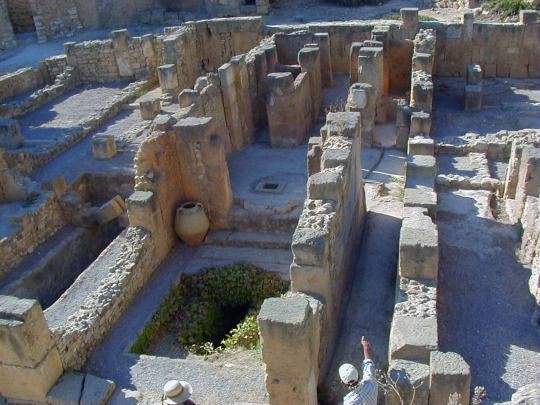
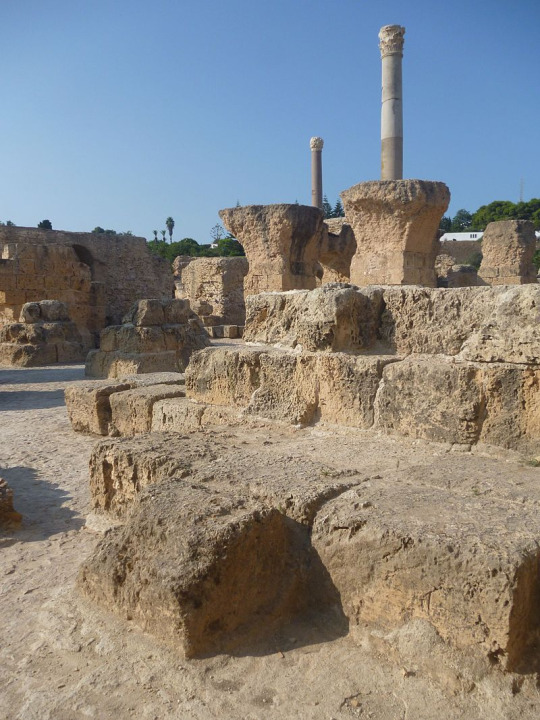
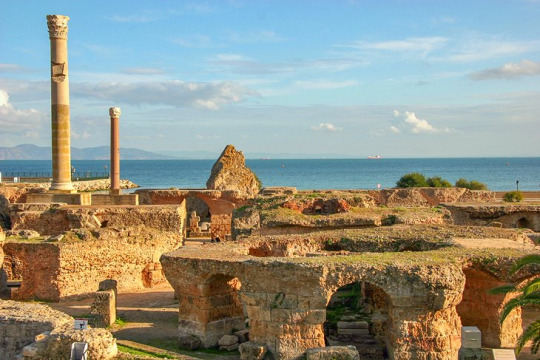

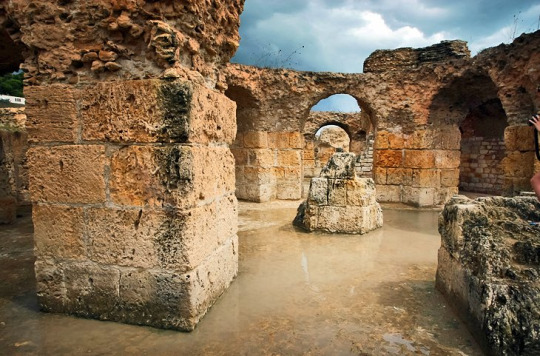


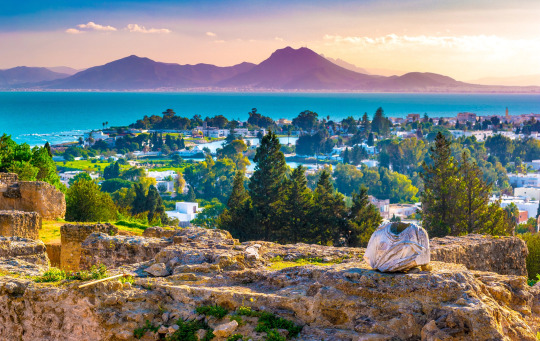
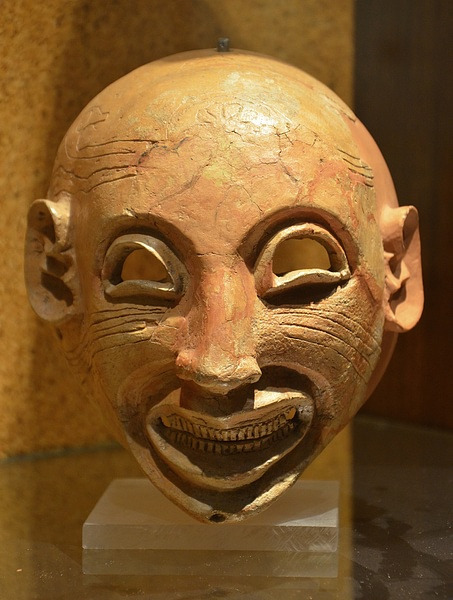
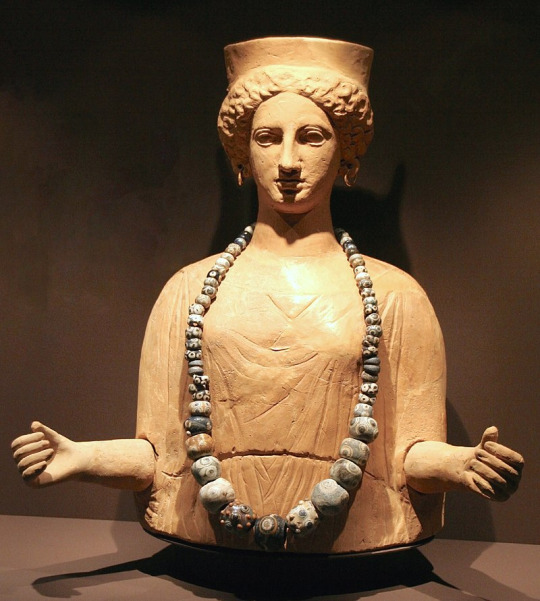

#antiquity#ancient carthage#punic wars#hannibal#ancient rome#tunisia#north africa#ancient world#ancient history#carthage#rome#mediterranean#phoenicia#ancient phoenicia#tyre#baal hamon#tanit#dido#ancient ruins
18 notes
·
View notes
Text
La seguridad en las 500 millas de Indianápolis:
Tras el accidente, la rueda salió despedida hacia el aparcamiento chocando contra un coche:

#indy 500#indy#indianapolis#500 miles#indy500#accident#crash#rueda#tyre#tire#wheel#fail#fails#sports#noticia#car#cars#coche#coches#race#racing#usa#eeuu#america
49 notes
·
View notes
Text

Two Girls and a Tyre, 1989
Photo by Tony Potts
35 notes
·
View notes
Text




Stargate Atlantis "Broken Ties"
#Stargate Atlantis#SGA#Broken Ties#Ronon Dex#Tyre#Tyre (character)#Jason Momoa#Mark Dacascos#sgaedit#stargateedit#syfyedit#GIF#my gifs#it's not a stargate rewatch rewatch#Hide and Queue
46 notes
·
View notes